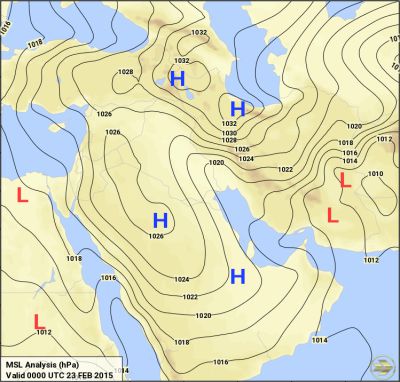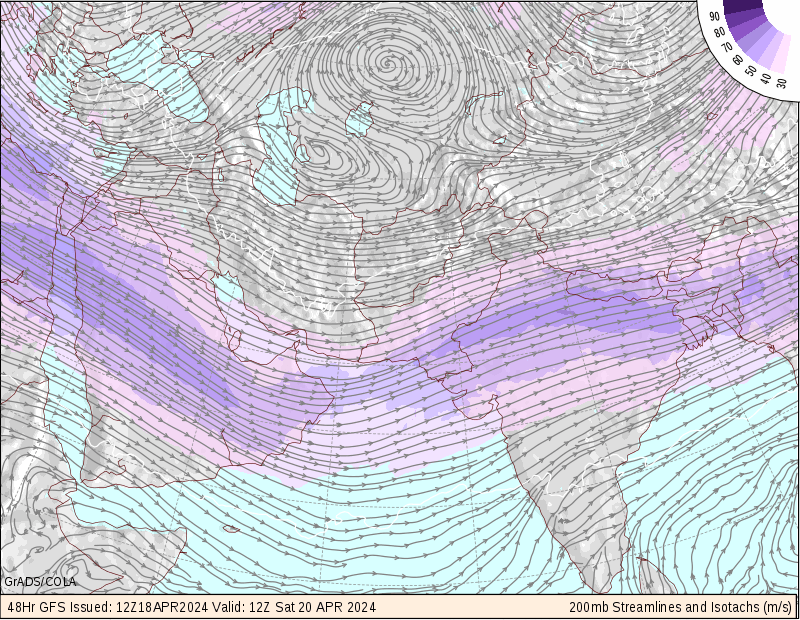
METD WEATHER
AKSHAY DEORAS
SEVERE WEATHER FORECASTER
After the recent continuous updates on The Superstorm or Dust Storm in Asia, its time to update the people with something new. The aspect of ENSO or El Nino Southern Oscillation is an old phenomena but less known to the people. In this article, I shall not go much into depth on technical aspects of what ENSO means and other aspects like El Nino or La Nina. There are some articles already which can be accessed by the readers by searching on this page.
The above is a Unisys prepared image comprising of Sea Surface Temperature across oceans of the world. Majority of the people will face problems in reading this so I shall describe it.
You can identify the physical map's continents and countries. Also the oceanic region can be identified easily. Here you see combination of colors in the ocean ( light blue,dark blue,light green,dark green,yellow,purple). What are these???
Its simple, just see the image left portion. There is a scale. The scale represents Sea Surface Temperatures (SST) anomalies in degree celsius. Anomaly refers to the abnormal ( greater or less) than the normal SST present at this time.
The bluer shade beginning from dark blue indicates cooler than normal SST in decreasing process. The light blue,green colors indicate nearly normal or slightly normal anomalies ( 0.5C to 2C). Higher colors like Yellow or Red indicate above normal (around +5C) sea surface temperature.
What to look in such maps-
The main region to look for is the Pacific Ocean prominently the areas in Central Pacific Ocean around the equator. The below region shows the division of Equatorial Central Pacific in regions known as Nino with their corresponding numbers. These regions ultimately determine whether a La Nina or El Nino is going on..
And its simple now!
One can clearly see lots of blues in the eq central pacific ocean which indicates the ongoing La Nina. The recent update from Climate Prediction Center shows ( Latest Week)
Region Temp anomaly
Niño 4 -0.4ºC
Niño 3.4 -0.5ºC
Niño 3 -0.1ºC
Niño 1+2 0.5ºC
We just see the past datas or the SST during last week when 2012 Summer Forecast for India was released..
NINO 4: -0.8C
NINO3.4: -0.6C
NINO 3: -0.2C
NINO 1+2: 0.4C
Having compared the week variation, one clearly implies that temperatures are rising in Pacific ( EXCEPT Nino 4 region)
26th Feb and 25th March 2012 SST comparison-


On comparing the SST for Equatorial Pacific, its being observed that the overall volume of cooler SST has increased since Feb 2012! The volume of warmer SST around South America also has decreased!
The above image shall clarify! There has been cooling in the region of RED OVAL as compared to Feb 2012 SST.
Note- The above image is of Mar 2012
Areas in pink show less warm SST.
Forecast-
Looking at the overall 1-month analysis, it appears that ENSO is turning to Neutral Stage but in a slow manner. The overall transition is expected into late April ( CPC) but METD WEATHER suggests things to delay. It may appear that the ENSO neutral shall appear by May mid or end depending on the decay rate!
The Wind anomalies at lower and upper level of atmosphere still indicate the persisting La Nina!
STAY TUNED for UPDATES














































